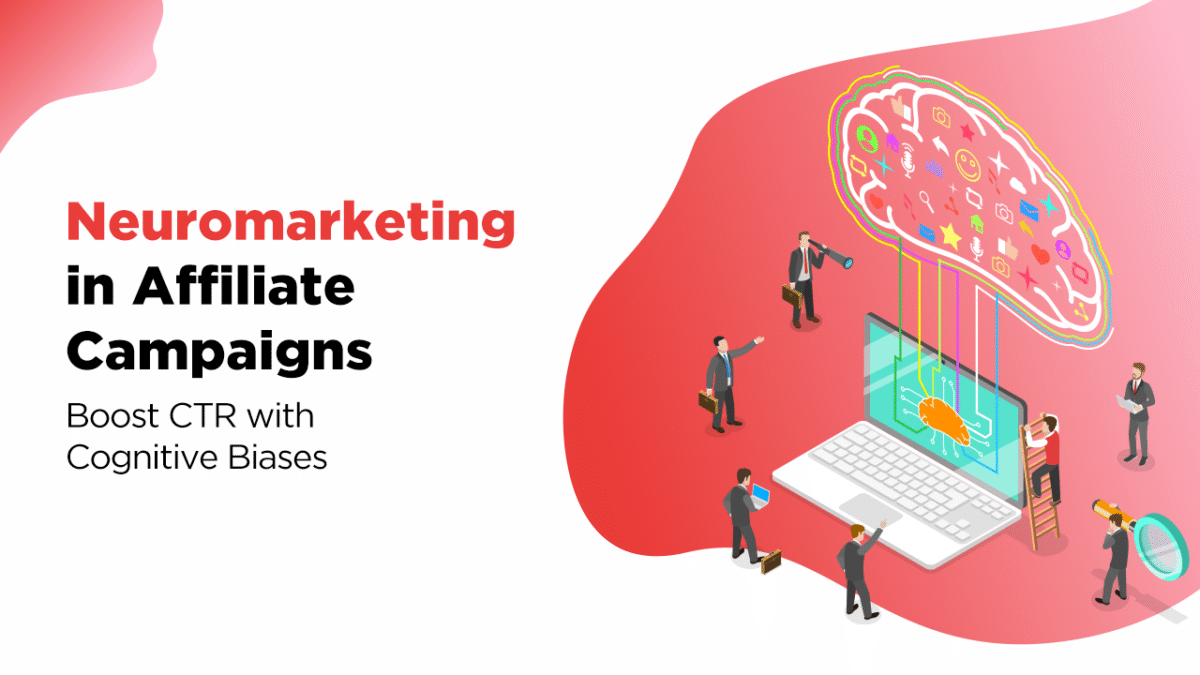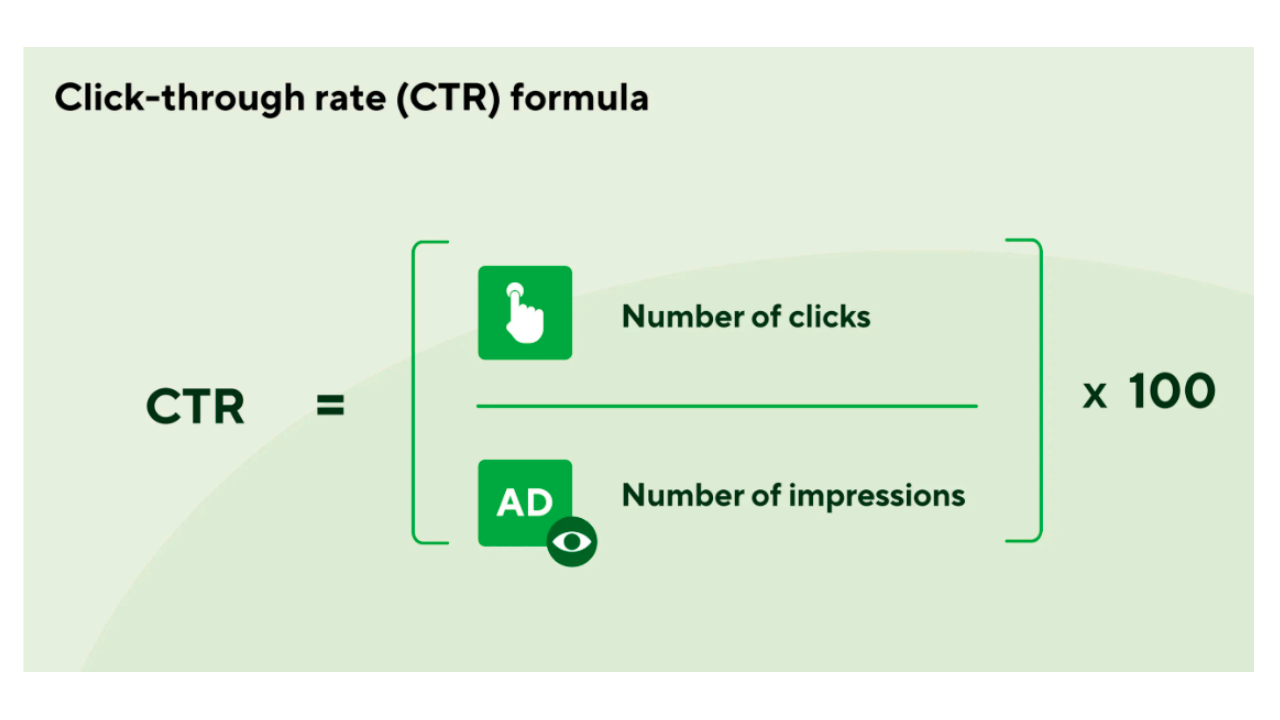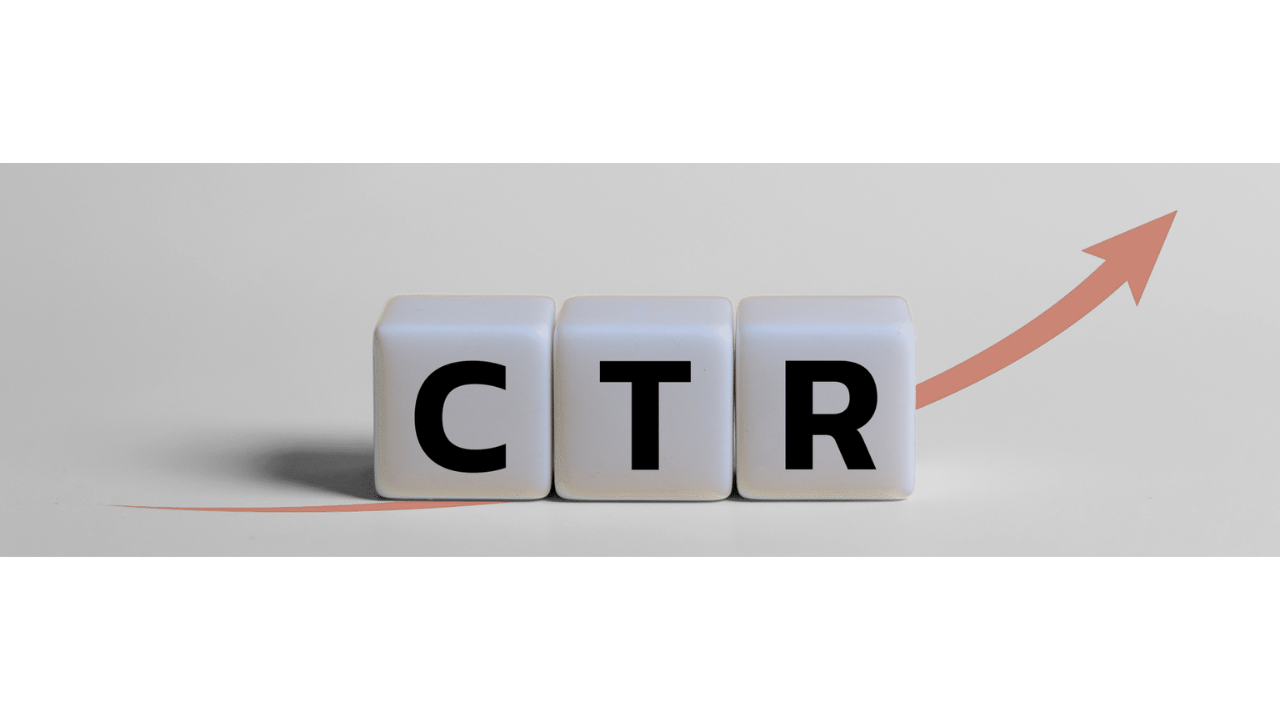
A user doesn’t always click because a product is relevant; sometimes, they click because of how it’s shown. The shape of a button, the way a discount is framed, or even a few choice words in the headline can tip the balance. In affiliate marketing, these little things often decide whether someone clicks or scrolls past.
That’s why understanding how people make decisions can help affiliates get more clicks and better results. In fact, a 2024 study by the Journal of Consumer Research says that about 95% of buying decisions happen automatically, without deep thinking. People rely on habits, emotions, and shortcuts.
By applying basic principles of neuromarketing in affiliate marketing, affiliates can frame their content or creatives to match how users naturally react, making their campaigns more clickable, without needing extra budget.
Neuromarketing helps us understand that people don’t always make decisions based on logic; they often rely on gut feelings. It uses ideas from psychology to shape marketing messages in a way that connects with how the brain naturally responds.
In affiliate marketing, this shows up in subtle but powerful ways. A person might forget the product name, but they’ll remember how the ad made them feel. Was it urgent, helpful, or trending? That emotional reaction is what often leads to a click (or not).
As an affiliate, you don’t need to trick anyone or use complicated tech. It’s about creating messages that feel right to the audience using the concept of neuromarketing in affiliate marketing. It’s about using smart, proven patterns, like the way a headline is framed, or how scarcity and social proof are displayed, to help your product catch attention in a crowded space.
Click-Through Rate (CTR) shows how often users who see your content actually click on your affiliate links. It’s one of the clearest signs of your message getting attention across blogs, coupon pages, push ads, social content, or any other format you’re using.
A strong CTR means more users are landing on the brand’s page through your tracking link. That gives your traffic a better shot at converting and helps improve your chances of generating more commissions.
Many affiliates focus heavily on final conversions, but those start with the click. If your CTR is low, it often means your creative, headline, or message isn’t connecting well with the audience. Improving CTR is usually the first step in fixing underperforming campaigns.
You can also use CTR to test what’s working. Try different banners, messages, or placements. The version with the higher CTR is usually the one to scale.

CTR (Click-Through Rate) is calculated like this: CTR = (Clicks ÷ Impressions) × 100. So, if your banner or push was shown 10,000 times and received 500 clicks, your CTR would be 5%.
Most affiliate platforms, including the one you’re using, track clicks and impressions in real time. You can view this data by traffic source, creative, format, or even device type. Keeping an eye on this helps you understand what’s working and where there’s room to improve.
Here are a few ways to track CTR effectively:
Tracking CTR isn’t just about reports; it’s a tool to guide how you plan and adjust your affiliate strategy in real time.
Most users don’t carefully study an ad before clicking. They react to what feels familiar, urgent, or emotionally appealing. These reactions are shaped by something called cognitive biases, mental shortcuts our brains use to make quick decisions.
As an affiliate, understanding these biases can help you present campaigns in a way that naturally grabs attention and improves CTR. No matter if you work with banners, coupon titles, push creatives, or content pages, these techniques can help make your links more clickable.
Here are 6 simple, proven cognitive biases you can apply through your affiliate campaigns:

Cognitive biases in marketing aren’t just theory; they directly influence how people respond to your content in real time. But their impact depends on how they’re applied.
In affiliate marketing, this becomes especially useful. The same offer can be promoted across different formats, deal sites, blogs, push ads, content pages, or Telegram groups. Each format speaks to users differently. When you use psychological cues like urgency, scarcity, or social proof in a way that fits your audience, your messaging feels more relevant, and more likely to be clicked.
For example, on a cashback site: Use “Most redeemed deal” (social proof). In a push notification: Say “Only 2 hours left to save ₹200” (loss aversion). In a blog: Mention “Rated by experts” or “4.7 stars” (authority bias).
As an affiliate, your job is to make an offer stand out in a crowded space. By using these cues thoughtfully, you’re not just sharing a deal, you’re helping users feel why it matters. And when that happens, CTR improves without the need for extra traffic or aggressive promotions.
You can apply cognitive biases smartly in your affiliate campaigns without overdoing it.
Affiliate marketing isn’t just about the right product; it’s about showing it the right way using the concept of neuromarketing in affiliate marketing. When you use cognitive biases like urgency, scarcity, or social proof correctly, you make it easier for users to act. You’re not tricking anyone, you’re helping them decide faster and with more confidence.
If you’re promoting on blogs, coupon sites, or Telegram channels, these psychological nudges can lift your performance without major changes to your content. With vCommission, you get access to high converting campaigns that are already designed to perform. But when you bring in the right messaging and user understanding, that’s when results really grow.
So, test what works, stay honest, and remember, understanding how people think is one of the most powerful tools in affiliate marketing.